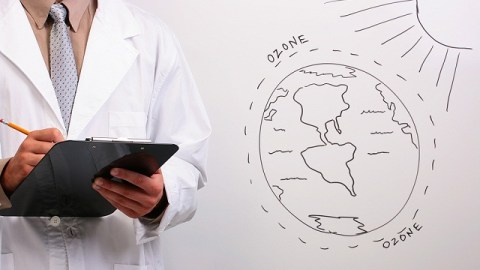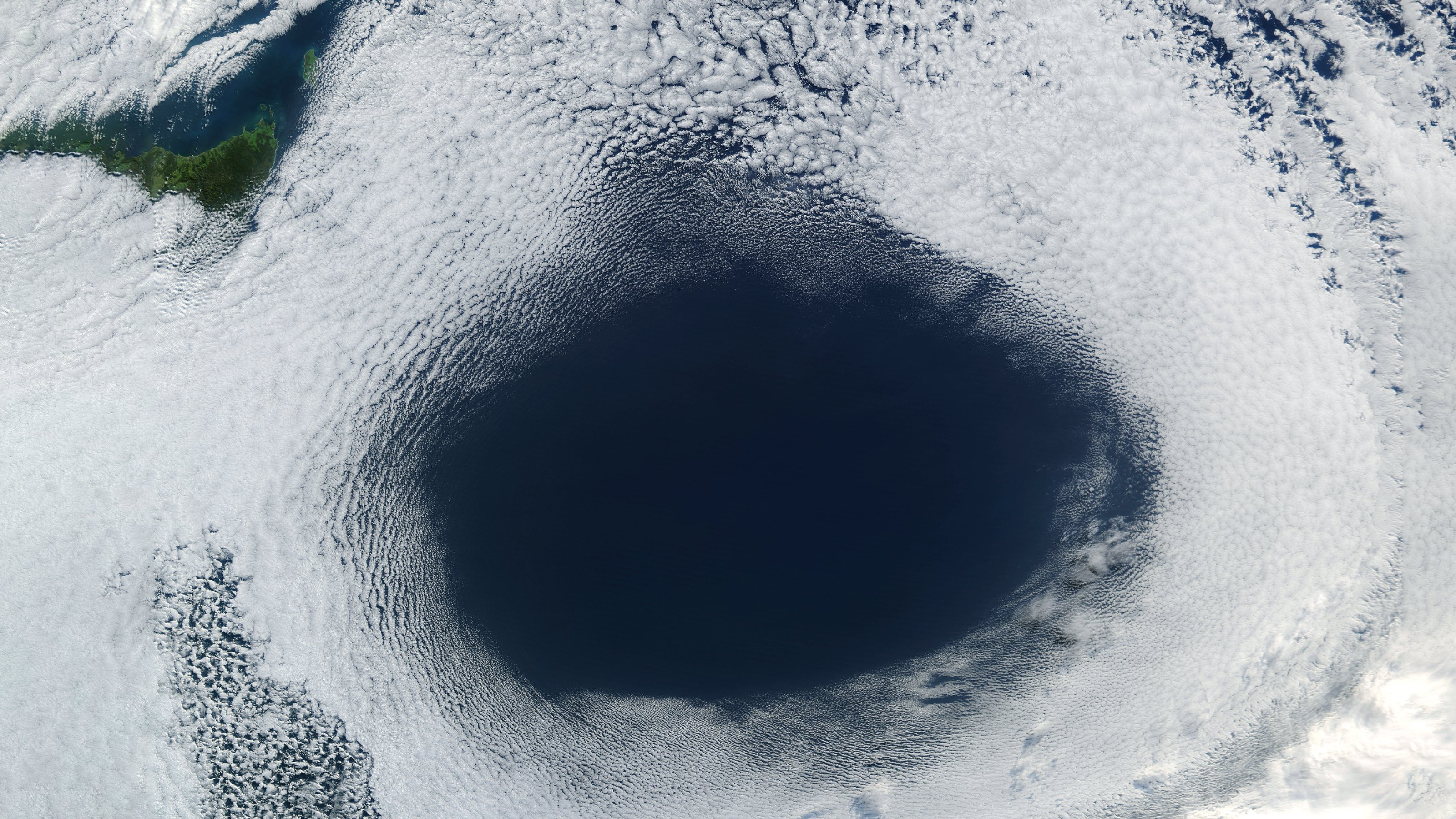Well, At Least The Hole In The Ozone Layer Is Smaller

What’s the Latest Development?
The European Space Agency reports that in 2012, the hole in the ozone layer located over Antarctica was smaller than it’s been in the previous 10 years, and claims that it’s proof that the phasing-out of human-produced, ozone-depleting chlorofluorocarbons (CFCs) is working. The findings come from the agency’s Met Op satellite, which contains a special sensor for ozone concentrations. The report notes that although it may take another few decades for the entire layer to return to 1960s levels, the hole should close completely by that time.
What’s the Big Idea?
For many, the concept of global warming first came into focus with news of the disintegrating ozone layer, which exists in the stratosphere and helps protect Earth’s surface from ultraviolet (UV) light. Bans on some CFC-containing substances, such as aerosol sprays, were first enacted in the 1970s, but it wasn’t until the discovery of the Antarctic hole that an international treaty to phase out all CFCs was passed. Antarctica’s location and cold temperatures combine to make the layer more vulnerable in that region, putting people in the Southern Hemisphere at higher risk of UV exposure.
Photo Credit: Shutterstock.com
Read it at The Christian Science Monitor





